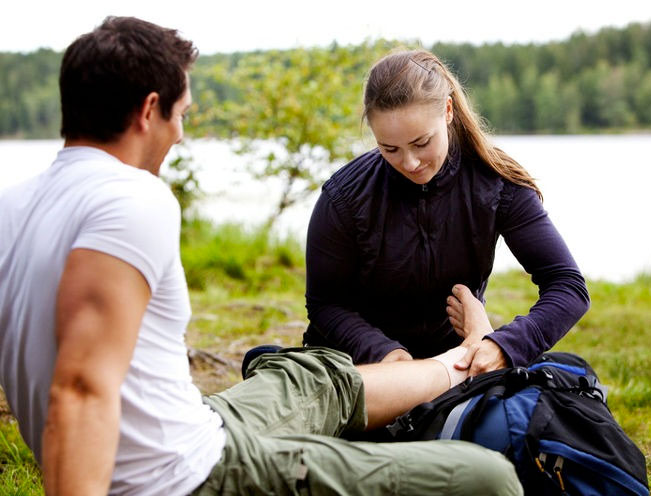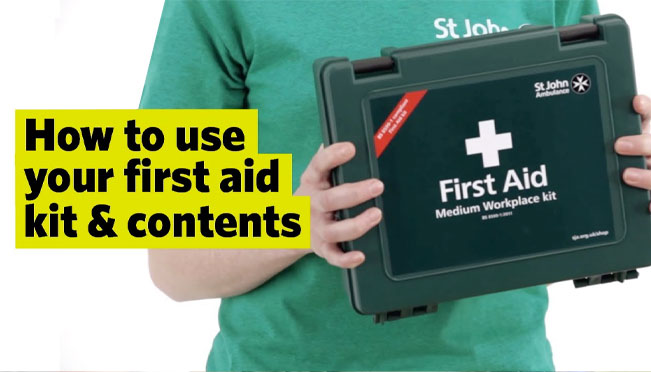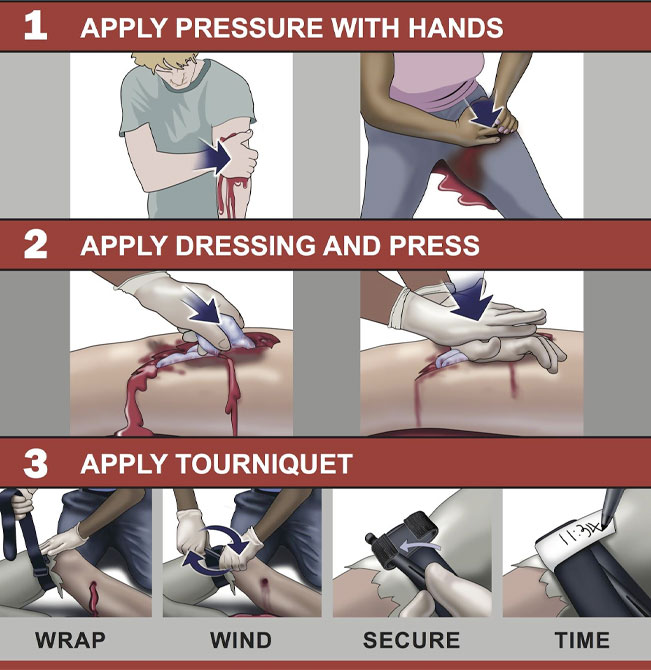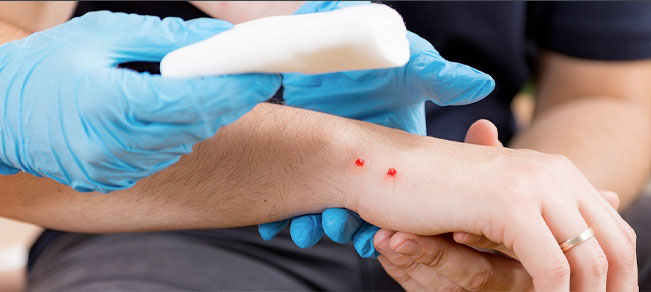Australia is considered one of the most dangerous places to live. With over 140 different venomous snake species lurking around, there’s a chance that you’ll run into one at some point. And while it’s rare for snakes to attack humans, if you catch them off-guard, they won’t hesitate to bite.
Snake bites can cause moderate to severe symptoms and even life-threatening conditions if you don’t get the proper care. One of the ways you can ensure you get the proper treatment and have a chance of surviving or getting along without major consequences is to own a snake bite kit. It can be a true lifesaver for you and your friends and family.
What Should a Snake Bite Kit Contain?
Did you know that there are around 3,000 snake bites happening every year in Australia? This is what the statistics show, and those numbers can’t be overlooked. To stay safe and protected, everyone should buy well-equipped snake bite first aid kits. These kits provide everything you need during this emergency.
First, the kit should include a stretchable bandage that stretches at least 10m. This will help keep the arm or leg in place. It should also have a splint, which is most commonly mouldable so you can keep it in the case. Then, it should include a snake bite marker so you can pinpoint the bite’s location on the person. This way, when you go to the emergency room, the doctors will have an advantage.

Next, an instant ice packet. This is optional, and not every kit has it, but it can be a great pain reliever. The non-woven swabs are also optional, but the information leaflet is a must. This way you can see the type of bite and have all of the instructions on how to properly give the right medical care to the person until the emergency responders arrive.
And finally, all of these elements should come in a practical bag. It should be lightweight, easy to open and handle and preferably have reflective tape so you can find it easily. Some other optional features are latex gloves, magnifying glass, a tick remover, wipes and an itch eraser. If you ever use the kit, make sure you buy a new one as soon as possible, and keep an eye on the expiration date.
How to Use Your Kit
The best way to handle a snake bite is by applying the pressure immobilisation technique. The first thing you need to do is call triple zero (000) and get the emergency service on the way.
Next, keep the person as calm and still as possible because movements will make the venom spread faster throughout the body. Despite what we see in movies, don’t try to suck the venom out, this is a myth.
Let’s say the person is bitten on their wrist. Start the intervention by removing any rings, watches or bracelets the person might have. One of the symptoms is swelling and the person can lose a finger or a hand if they have jewellery on.
Take out the stretchable bandage. You’ll notice that it has rectangular shapes all over it. Make a couple of wraps starting from the wrist and tighten enough for the rectangles to become squares. Everything above that can be dangerous and overtight.

Go down the limb and then mark the place where the bite is on the bandage with a circle. Wrap around the hand with all fingers inside but leave the tips exposed. This way you can see if they start changing colour. By assessing the circulation you’ll know if the bandage is too tight.
Start wrapping upwards again and when you cover the marked spot, with the fresh bandage, mark it again. The marks are important so the doctors can take a swab and determine the type of venom they’re dealing with.
Wrap the arm up to the shoulder and tape down the end of the bandage. Make sure the person is still and calm. Open up the splint and add it to the arm. If you don’t have it included in the kit, you can use branches, magazines, or anything you can find.
Take another bandage or tape and secure the limb to the splint in a few places. Check the colour of the finger from time to time to make sure everything’s fine. After you’re done, try to remember the time the bite happened so you can let the doctors know. Also, keep an eye on the person’s vitals and record any changes in their condition.
Things You Should Avoid Doing
Not everything you see in the movies works in real life. We’ve already mentioned sucking the venom out of the wound. That’s a big NO.
Next, don’t try to cut the wound with a knife or anything else. It won’t do anything to stop the venom from spreading, but it’ll make the wound bigger and more painful.

Don’t try to give alcohol to the person to calm down. They should be alert and aware of the things happening around them and give you information about their condition. And don’t wipe around the wound, this is not a bleeding control situation. Leave the venom on the wound so the doctors can check what type of snake it was.
How to Protect Yourself
There are several things you can do to avoid being bitten by a snake. Always keep an eye on your surroundings and be aware of where you are. If you’re going through bushes or high grass, always wear long pants and covered shoes. If you leave your shoes outside, check them inside before putting them on. If you see a snake, don’t try to handle it. Slowly move away and stand still. Don’t make any sudden moves because this might aggravate it.
Types of Snake Bites
Dry Bites
A dry bite is when the person gets bitten, but no venom is released inside the wound. Research shows that this is true in 90% of the cases, but you can never be too sure.
These bites are still painful and can cause redness and swelling in the bitten area. You can never tell for sure if this is the case or not, so you should always call an ambulance and leave it to the professionals to see if there’s venom.
Venomous Bites
This is a more serious case of a snake bite. This is when the snake actually releases venom into the person’s body when biting. This venom contains poisons that snakes use to kill their prey. Since it’s hard to tell whether there’s venom or not, every bite should be treated as a medical emergency.

Not every symptom of a venomous bite will appear immediately. It may even take a couple of hours to do so. Some of the most common ones are:
- Severe pain around the bite;
- Swelling and redness;
- Stinging and burning of the skin;
- Blurred vision;
- Dizziness;
- Headaches;
- Stomach pain;
- Difficulty breathing;
- Confusion;
- Muscle weakness;
- Collapse;
- Paralysis;
- Coma or even death.
























